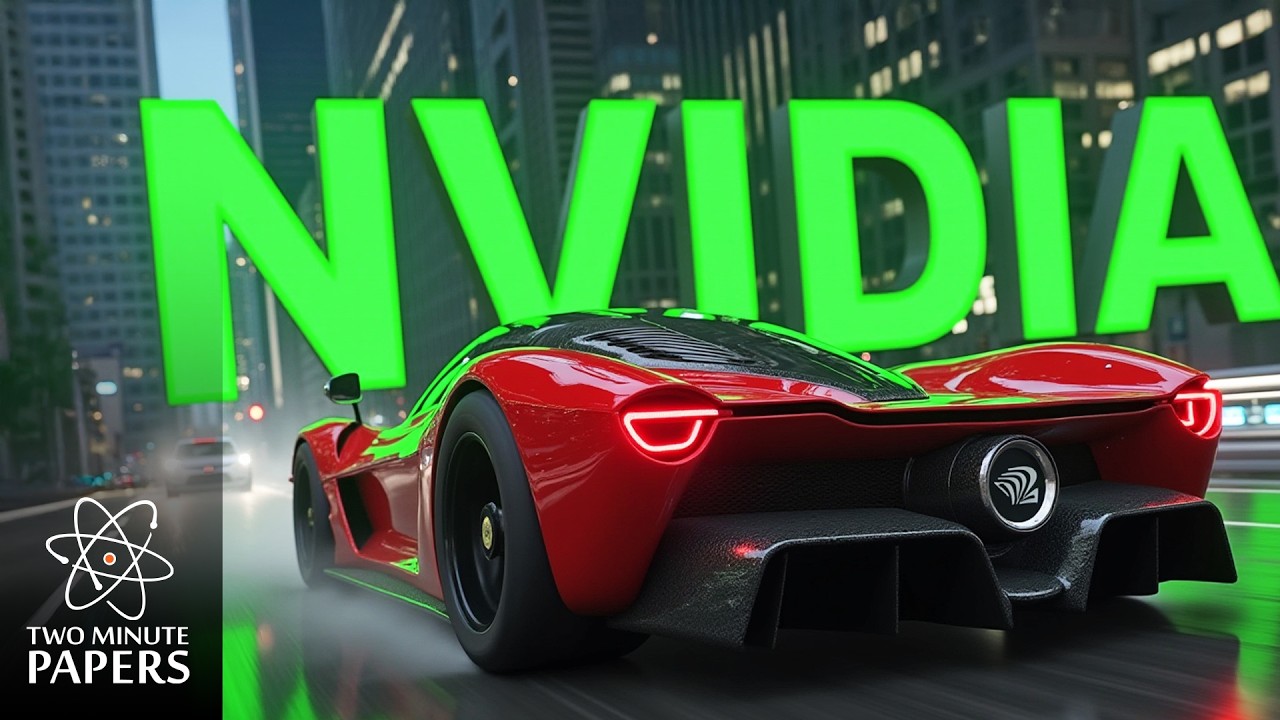The video introduces an open-source AI system that generates future video continuations from input images and text prompts, aimed at enhancing training data for AI applications like self-driving cars and humanoid robots. While the visual quality may not match some competitors, the technology addresses the long-tail problem in AI training and encourages viewers to explore its potential applications.
The video presents an exclusive overview of a groundbreaking 76-page AI research paper that introduces a new AI system capable of generating future video continuations from input images and text prompts. This innovative technology allows users to create thousands of video scenarios, which can be particularly beneficial for training AI systems, such as self-driving cars and humanoid robots, to understand complex real-world situations. The presenter emphasizes that this system is open-source and available for free, enabling anyone to run it at home, which marks a significant shift from closed AI systems.
The AI system addresses the long-tail problem faced by self-driving cars, where common scenarios are well-represented in training data, but rare corner cases lack sufficient examples. For instance, the AI struggles to comprehend unusual situations, like a moving traffic light on a truck. By generating numerous video continuations, the system helps AI learn about these rare scenarios, enhancing its understanding and performance in real-world applications. The presenter highlights the importance of having diverse training data for teaching robots to perform tasks, such as picking up an apple, which requires multiple video variations.
While the visual quality of the generated videos may not match that of OpenAI’s Sora, the presenter notes that this system serves a different purpose and excels in its intended application. The models, which range from 7 to 14 billion parameters, can run on high-performance laptops, although the generation times can be lengthy, often taking five minutes or more for just a few seconds of video footage. The presenter acknowledges the limitations of the technology, including occasional inaccuracies in object behavior and visual quality, but remains optimistic about its potential for future improvements.
The video also discusses the autoregressive version of the technique, which offers faster generation times at the cost of visual fidelity. The presenter invokes the “First Law of Papers,” suggesting that research is an evolving process and that future iterations of this technology could significantly enhance speed and accuracy. The presenter expresses excitement about the possibilities this research opens up for developing advanced AI systems capable of performing complex tasks in everyday life.
Finally, the video concludes with a call to action for viewers to explore the research paper and consider how they might utilize this technology. The presenter expresses gratitude to the scientists involved in the project for making this valuable resource available for free. The video encourages engagement from the audience, inviting them to share their thoughts on potential applications for this innovative AI system.
